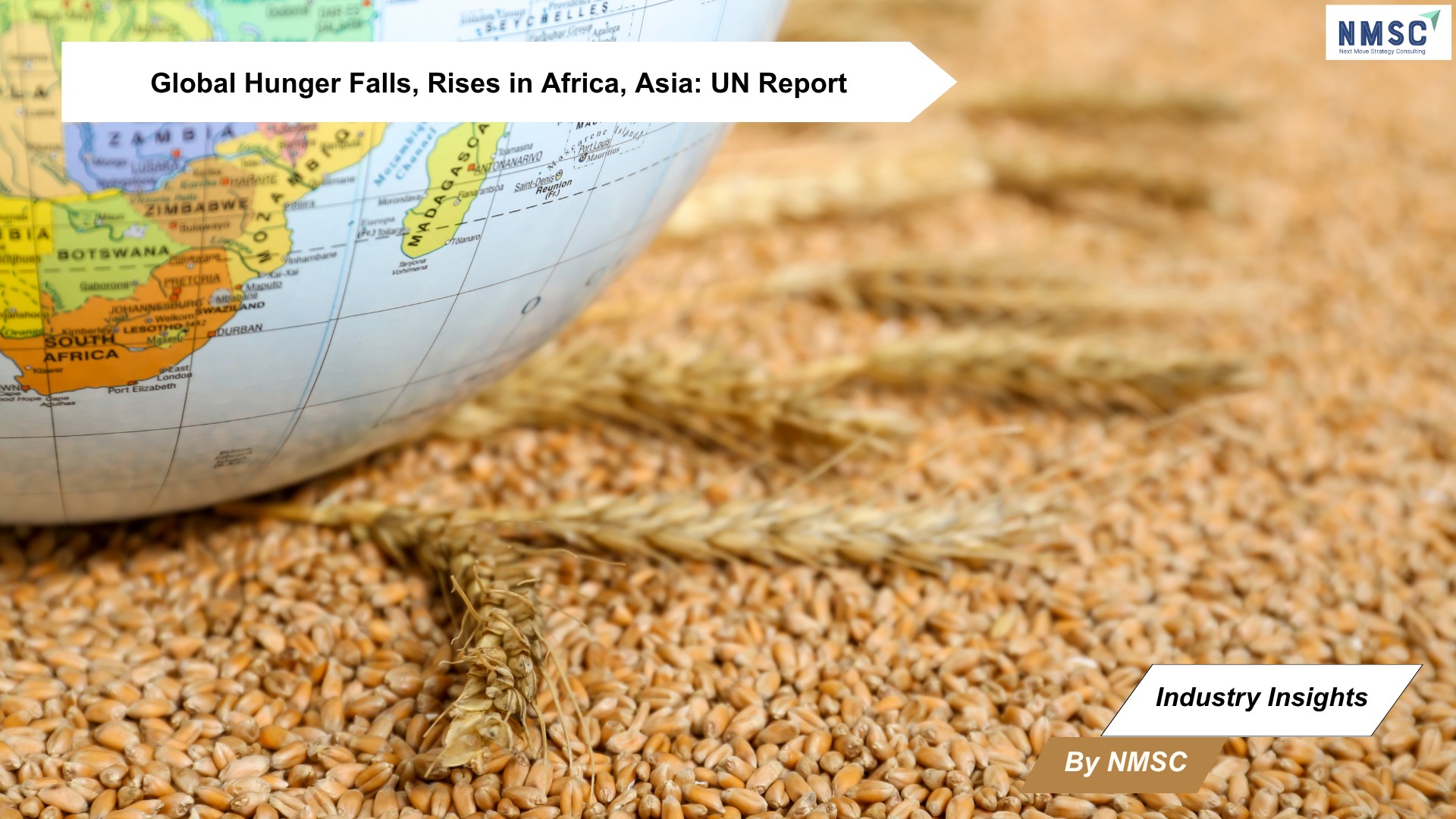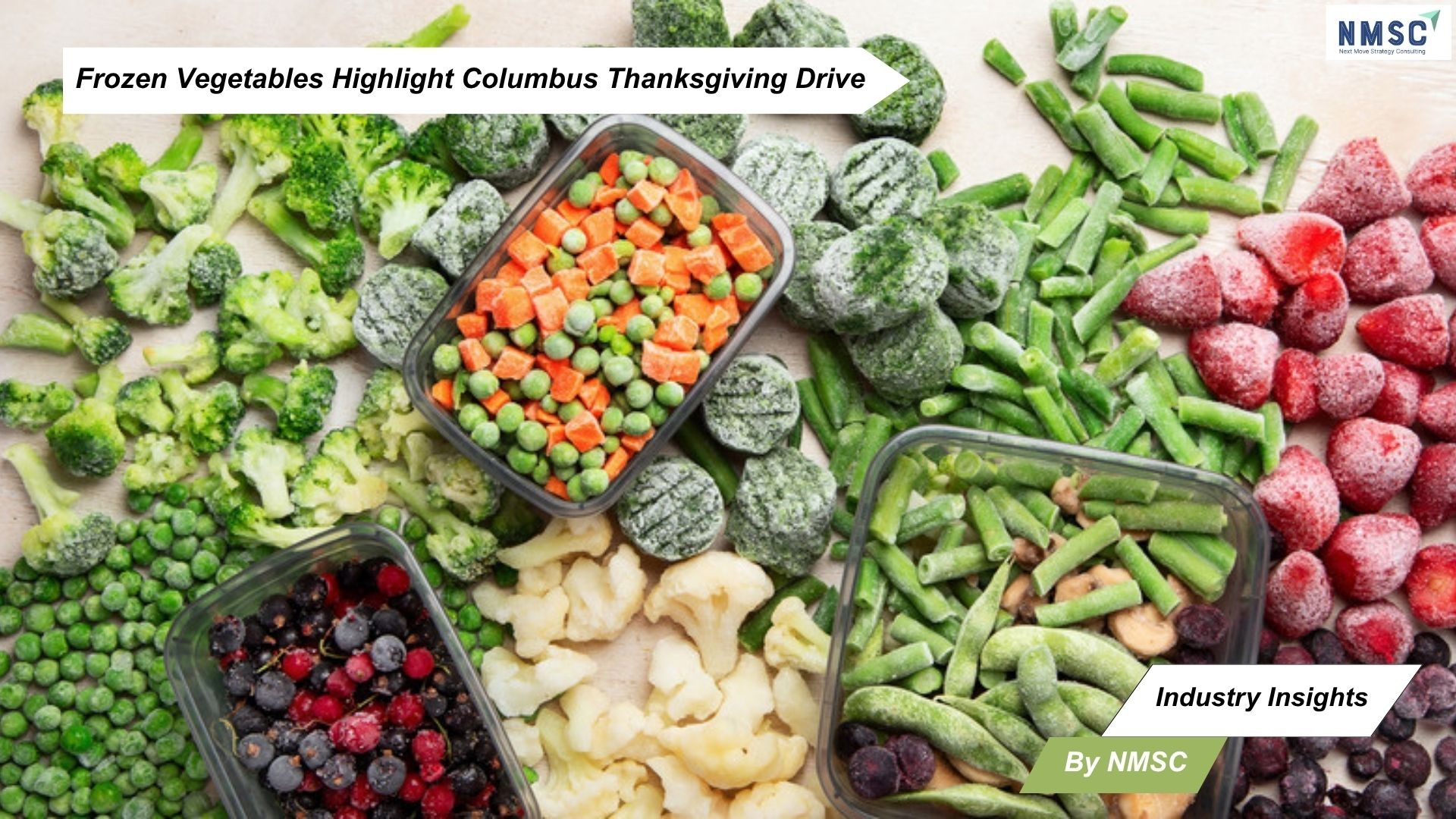Global Hunger Declines, Yet Surges in Africa and Western Asia: UN Report
Published: 2025-08-11

Industry Insights by Next Move Strategy Consulting
As the world grapples with ongoing food security challenges, the 2025 State of Food Security and Nutrition in the World (SOFI 2025) report, released by five UN specialized agencies, reveals a complex global landscape. Launched during the Second UN Food Systems Summit Stocktake (UNFSS+4) in Addis Ababa, the report shows a decline in global hunger to 8.2 percent in 2024, affecting an estimated 673 million people, down from 8.5 percent in 2023. However, this progress masks stark regional disparities, with hunger rising in Africa and western Asia.
A Mixed Global Picture
The SOFI 2025 report, published by the Food and Agriculture Organization (FAO), International Fund for Agricultural Development (IFAD), UNICEF, World Food Programme (WFP), and World Health Organization (WHO), estimates that 638 to 720 million people faced hunger in 2024. The point estimate of 673 million reflects a decrease of 15 million from 2023 and 22 million from 2022, yet levels remain above pre-pandemic benchmarks, driven by persistent food inflation.
Notable gains are evident in southern Asia, where the prevalence of undernourishment (PoU) dropped from 7.9 percent in 2022 to 6.7 percent in 2024, affecting 323 million people. Latin America and the Caribbean also saw improvement, with PoU falling to 5.1 percent (34 million people) in 2024 from a 2020 peak of 6.1 percent. In contrast, Africa’s hunger rate climbed above 20 percent, impacting 307 million people, while western Asia saw 12.7 percent of its population—over 39 million people—facing hunger in 2024.
Projections indicate that by 2030, 512 million people could remain chronically undernourished, with nearly 60 percent in Africa, underscoring the challenge of achieving SDG 2 (Zero Hunger).
Nutrition Trends and Challenges
The report tracks key nutrition indicators, revealing mixed outcomes:
-
Moderate or severe food insecurity: It slightly declined from 28.4 percent in 2023 to 28.0 percent in 2024, affecting 2.3 billion people—still 335 million more than in 2019.
-
Child stunting: It dropped from 26.4 percent in 2012 to 23.2 percent in 2024, signaling progress.
-
Child wasting: (6.6 percent) and child overweight (5.5 percent) in 2024 remain largely unchanged since 2012.
-
Exclusive breastfeeding: For infants under six months rose from 37.0 percent in 2012 to 47.8 percent in 2023.
-
Adult obesity: It increased from 12.1 percent in 2012 to 15.8 percent in 2022.
-
Anaemia in women: (aged 15–49) rose from 27.6 percent in 2012 to 30.7 percent in 2023.
-
About one-third of children aged 6–23 months and two-thirds of women aged 15–49 met minimum dietary diversity.
Food Inflation’s Lasting Impact
SOFI 2025 examines the 2021–2023 food price surge, driven by COVID-19 policy responses, the war in Ukraine, and extreme weather. Global food inflation peaked at 13.6 percent in January 2023, outpacing headline inflation by 5.1 points. Low-income countries faced even higher rates, peaking at 30 percent in May 2023. While the number of people unable to afford a healthy diet fell from 2.76 billion in 2019 to 2.60 billion in 2024, low-income countries saw an increase from 464 million to 545 million over the same period.
The report advocates for targeted fiscal measures, such as social protection programs, transparent monetary policies, and investments in agrifood R&D, infrastructure, and market systems to address these challenges.
Voices from the UN
FAO Director-General, QU Dongyu: “While it is encouraging to see a decrease in the global hunger rate, we must recognize that progress is uneven. SOFI 2025 serves as a critical reminder that we need to intensify efforts to ensure that everyone has access to sufficient, safe, and nutritious food.”
IFAD President, Alvaro Lario: “In times of rising food prices and disrupted global value chains, we must step up our investments in rural and agricultural transformation. These investments are critical for global stability.”
UNICEF Executive Director, Catherine Russell: “Every child deserves the chance to grow and thrive”. The report underscores the need to act urgently for the world’s youngest and most vulnerable children, as rising food prices could deepen kids nutrition insecurity.
WFP Executive Director, Cindy McCain: “Hunger remains at alarming levels, yet the funding needed to tackle it is falling. Funding cuts of up to 40 percent mean tens of millions will lose vital lifelines.”
WHO Director-General, Dr Tedros Adhanom Ghebreyesus: “This report provides encouraging news, but also shows where the gaps are and who is being left behind. We must direct our efforts to ensure that everyone has access to a healthy and nutritious diet.”
A Call for Action
As global hunger declines but regional crises deepen, SOFI 2025 underscores the urgency of collaborative, targeted interventions to address food insecurity and malnutrition. With Africa and western Asia facing rising hunger, and food inflation continuing to strain vulnerable populations, the report signals a critical moment for global action to advance SDG 2 and ensure a food-safety future.
Prepared by: Next Move Strategy Consulting
















Add Comment